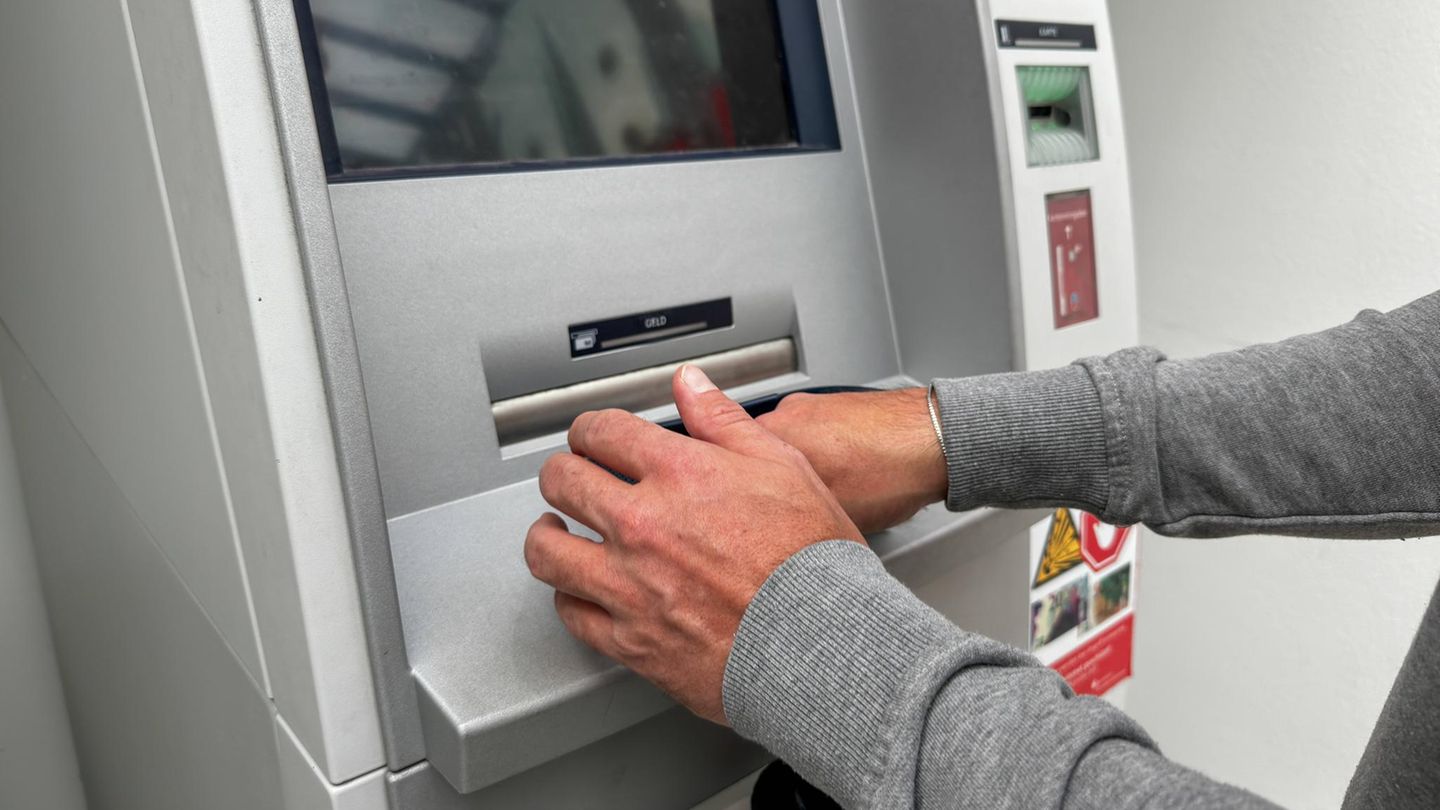The Argentine exchange market is under stress, with the wholesale dollar contributing to $ 1,473.50, less than a ceiling weight of $ 1,474.35 of the exchange band of the Central Bank of the Argentine Republic (BCRA). This level, reached this September 17, 2025, tests a scheme that, after several economic policy errors and growing pressures, is revealed unsustainable. With the legislative elections of October on the horizon and maturities of debt that total US $ 8,000 million until January 2026, The market anticipates an inevitable adjustment of the exchange regime.
An expensive and failed electoral effort
In the prelude to the provincial elections of Buenos Aires on September 7, the Government of La Libertad advances displayed an arsenal of measures to contain the exchange rate and project stability. The BCRA imposed regulatory restrictions, limited monetary liquidity and operated strongly in the futures markets, while the treasure intervened directly in the spot market, downloading about US $ 500 million in 4 sessions. The monetary hardening, which brought the real rates to a 40%punitive, managed to momentarily stop the climb of the dollar, but at a devastating cost for the real economy. Industrial activity and retail consumption contracted markedly in the last two months.
The result, however, was a failure on both fronts. Politically, the ruling coalition suffered a forceful defeat in Buenos Aires, a key electoral bastion. Economically, the dollar closed on Monday after the elections only 4% of the band’s roof, evidencing the government’s inability to anchor market expectations. The Government opted for a short -term exchange control that sacrificed credibility and growth, investors now discounted a exchange adjustment as inevitable.
Monetary relaxation and its consequences
After the electoral setback, the BCRA sought to normalize the monetary market, reducing reference rates from 45% to approximately 35% per year. This measure, aimed at relieving the pressure on the real economy, raised the equilibrium exchange rate, taking the dollar to the gates of the band’s roof without yet exceeding it. Unlike a traditional intervention corridor, The current scheme works as a fixed price that the BCRA must defend: if the dollar crosses the ceiling of the day, the Central Bank is obliged to sell currencies at that exact level until the market backward, a strategy that tests both its operational capacity and its financial solvency.
This rigid mechanism distinguishes Argentina from other exchange bands regimes. It is not a flexible intervention zone where the Central Bank can sell above the limit, the BCRA is committed to anchoring the exchange rate in the band’s roof. For investors, this dynamic raises immediate risks: Every dollar sold reduces the buffers that support sovereign bonds, raising the country risk, which already reaches 1,200 basic points, according to the EMBI index of JP Morgan.
Reservations under pressure and tax needs
The BCRA has liquid reserves for US $ 500 million, strengthened by a treasure capitalization with a recent disbursement of the International Monetary Fund (IMF) under the extended ease agreement. However, this mattress is insufficient to sustain a prolonged defense of the band’s roof, especially to government’s tax needs. Until the first half of January 2026, the Treasury faces debt maturities for US $ 8,000 million, but has only 1,000 million in box. New disbursements from multilateral organisms or repurchase agreements (Repo) could cover part of the missing, but not the whole.
BCRA CENTRAL BANK
The BCRA reservation mattress is insufficient to sustain a prolonged defense of the band’s roof, especially given the tax needs of the government.
The treasure faces a critical dilemma: it can buy dollars directly to the BCRA, weakening its balance and compromising the accumulation goals of reserves agreed with the IMF, or intervene in the open market, which will press the exchange rate upwards. The government is caught in a liquidity trap, buying dollars to the BCRA is bread for today and hunger for tomorrow, while going to the market will accelerate the devaluation they try to avoid. For investors in Argentine bonds, this dilemma raises the risk of breach, since Each spent dollar reduces government capacity to honor its external obligations.
An unsustainable scheme and policy options
The incompatibility between defending the band’s roof and fulfilling the IMF reserves goals puts the BCRA in an unsustainable position. Once the dollar reaches or exceeds the roof, the Central Bank will not be able to sell currencies and accumulate reservations simultaneously, forcing a change in the exchange scheme. The authorities evaluate Different options, including: raising the roof of the band, maintaining the current regime with an adjusted upper limit, or adopting a dirty flotation, intervening to soften sudden movements without a fixed cap, similar to the scheme implemented in 2019 under Guido Sandleris.
Both options would imply a new balance of the exchange rate above the current levels, with significant implications for investors. An adjustment of the band’s roof could generate a controlled devaluation, but runs the risk of feeding inflationary expectations, since the “Pass-Through” exchange “in Argentina is around 60%according to BCRA studies. A dirty flotation, on the other hand, would give greater flexibility to the Central Bank, but could trigger volatility in currency and bond markets if interventions fail to stabilize expectations.
A year of accumulated errors
The current crisis is the result of a series of mistakes of the economic team and the BCRA throughout 2025. Since the end of 2024, the market warned that the “crawling PEG”, with 1%monthly adjustments, generated an unsustainable exchange delay. The deficits in the tourism account and the exchange balance of the BCRA, which recorded net exits of US $ 2,500 million in the first quarter, were clear signs of an overvalued weight. Already with the new exchange scheme the need to accumulate reservations was a priority. However, The authorities chose not to buy dollars during the second quarter, a period of greater seasonal offer for agricultural exports, losing a key opportunity to strengthen reserves.
To this were added other controversial decisions: the disarmament of liquidity instruments (Lefis), which disorder the monetary program, real rates of 40% that suffocated the real economy, and coercive measures to force banks to renew debt that were not willing to maintain. Treasury intervention in the market a week before the elections of Buenos Aires, although tactically effective in the short term, further eroded investor’s confidence. The economic team prioritized electoral containment over long -term coherence, credibility damage is almost irreparable
Implications for investors
The market does not doubt that the exchange scheme will be reviewed; The question is whether it will happen before or after the October elections. Political interests suggest a delay until after the elections, but the growing dollarization of the market – evident in the exchange rate “counted with liquidation” that exceeded $ 1,500 – could force immediate action.
For the second half of October, intense pressure on the exchange rate is anticipated, with the BCRA probably selling dollars in the spot market. Each intervention will reduce reserves, weakening the support of sovereign bonds and raising the country risk.
Ultimately, the current exchange rate regime is incompatible with the needs of government dollars, which must finance US $ 8,000 million in maturities until January 2026, comply with the accumulation goals of IMF reserves and defend the roof of the band that is already being tested. The loss of credibility of the economic program, aggravated by the errors of 2025, has led to the market to anticipate a change of policy as inevitable.
Source: Ambito
David William is a talented author who has made a name for himself in the world of writing. He is a professional author who writes on a wide range of topics, from general interest to opinion news. David is currently working as a writer at 24 hours worlds where he brings his unique perspective and in-depth research to his articles, making them both informative and engaging.




